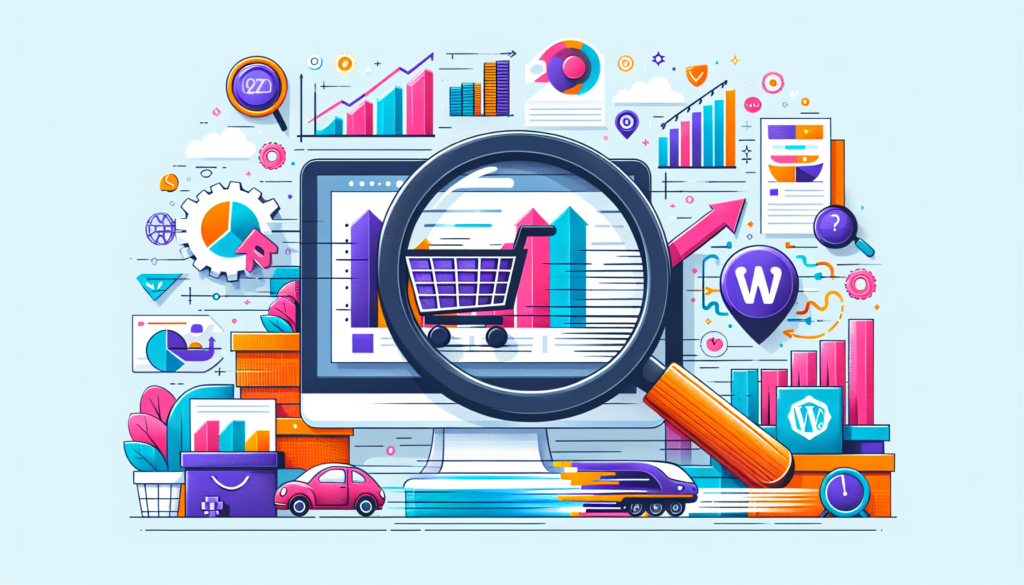WooCommerce has become a predominant solution for building an online store, offering website owners an adaptable platform, full of capabilities for e-commerce. Its open-source nature and seamless integration with WordPress have made it easy for millions to sell products and services online. However, the optimal performance of a WooCommerce store is crucial to ensure a smooth user experience, improved SEO, and ultimately, higher conversion rates.
Performance Analysis and Server Optimization
Understanding the Hosting Ecosystem:
Choosing a hosting provider suitable for WooCommerce is the first critical step. A host specialized in WooCommerce can offer optimized environments, which include elements like NGINX, PHP-FPM, or adequate configurational resources of memory and CPU to adapt to the fluctuating demands of site traffic.
Advanced Caching Configuration:
Implementing server-level caching systems, such as Redis or Memcached, can speed up data retrieval by temporarily storing snippets of content in memory for quick access, reducing the load on the database.
Database Enhancement
Regular Database Optimization:
Periodic database clean-up is an indispensable practice. Tools like WP-Optimize automate this process, removing outdated or duplicate entries and optimizing tables for superior performance.
Review of Heavy Queries:
Using plugins like Query Monitor helps to identify and resolve slow queries, which is crucial for database efficiency and, consequently, page load times.
Theme and Plugin Development and Optimization
Theme Analysis and Selection:
Choosing a theme optimized for speed, preferably built with specific considerations for WooCommerce, is vital. Themes with excessive functionalities can overload the site, delaying the response time.
Plugin Audit:
Assessing the impact of plugins on site speed is essential. It is recommended to deactivate and delete unnecessary plugins and look for more lightweight and efficient alternatives.
Resource and File Management
Image Optimization:
Reducing the file size of images without compromising quality, using formats such as WebP, is an effective technique. Tools like Smush or ShortPixel automate this process.
Minification and Combination of Files:
Minifying CSS, JavaScript, and HTML reduces the size of files sent to the browser. Tools like WP Rocket simplify this process and even allow file combination to minimize the number of HTTP requests.
Use of CDN (Content Delivery Network):
A CDN stores a static version of your content at multiple geographic locations to deliver it quickly to visitors, thereby reducing latency.
Optimization of User Experience
Lazy Loading:
Implementing lazy loading for images and videos, so they only load when they are about to enter the user’s viewport, significantly decreases load times.
Resource Preloading:
Preloading allows the browser to request key resources (such as important fonts or scripts) before they are needed, improving the time to interactive (TTI).
SEO Considerations and Mobile Performance
Mobile Compatibility and Speed:
Optimization for mobile is imperative, given the preponderance of mobile traffic. Google rewards mobile-optimized pages with better rankings.
URL Structure and Internal Linking:
A logical URL structure and solid internal linking favor both the visitor’s usability and for search engines, helping to improve the indexing of the WooCommerce store.
Performance Measurement and Analysis
Performance Evaluation Tools:
Measuring performance with tools like Google PageSpeed Insights, GTmetrix, or WebPageTest allows identifying specific areas for improvement.
Continuous Monitoring:
Implementing real-time monitoring with solutions like New Relic or Uptime Robot helps detect and resolve performance issues quickly.
Future Innovations in WooCommerce Performance
Application of Headless eCommerce:
Headless architecture, by separating the frontend from the backend, offers unprecedented freedom in terms of performance and customization, by allowing the use of modern frontend frameworks that interact with WooCommerce through its REST API.
PWA (Progressive Web Apps):
PWAs provide a native app-like user experience with significant improvements in speed and offline performance, which could become a future standard for online stores.
Optimizing WooCommerce is an ongoing and multifaceted process that requires constant vigilance and regular updates. The strategic application of these advanced practices not only improves the user experience and conversion ratios but also strengthens the positioning in search engines, ensuring a competitive edge in the dynamic e-commerce marketplace.

